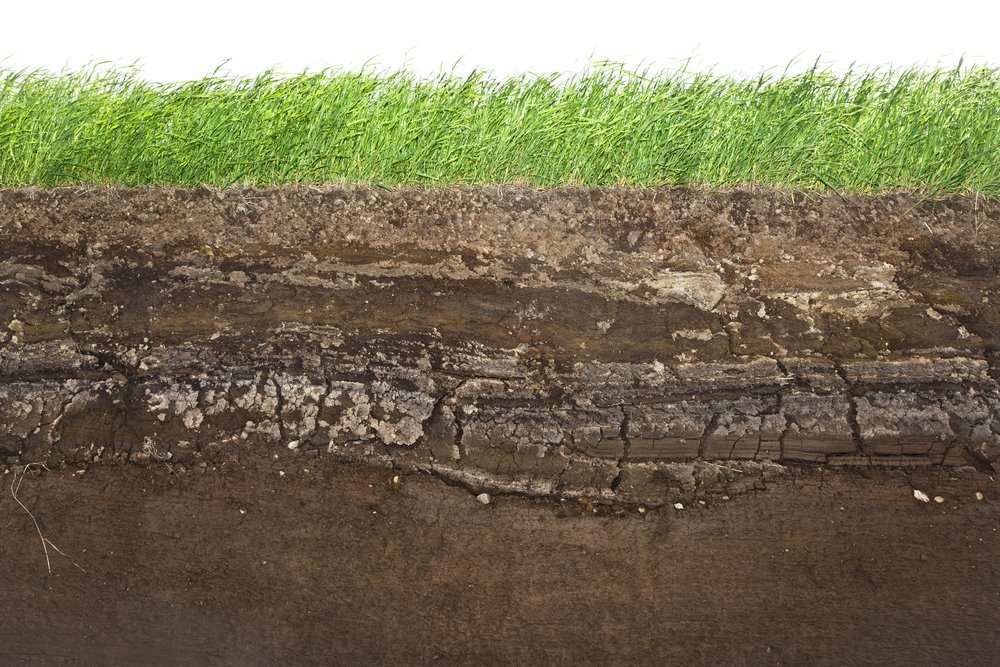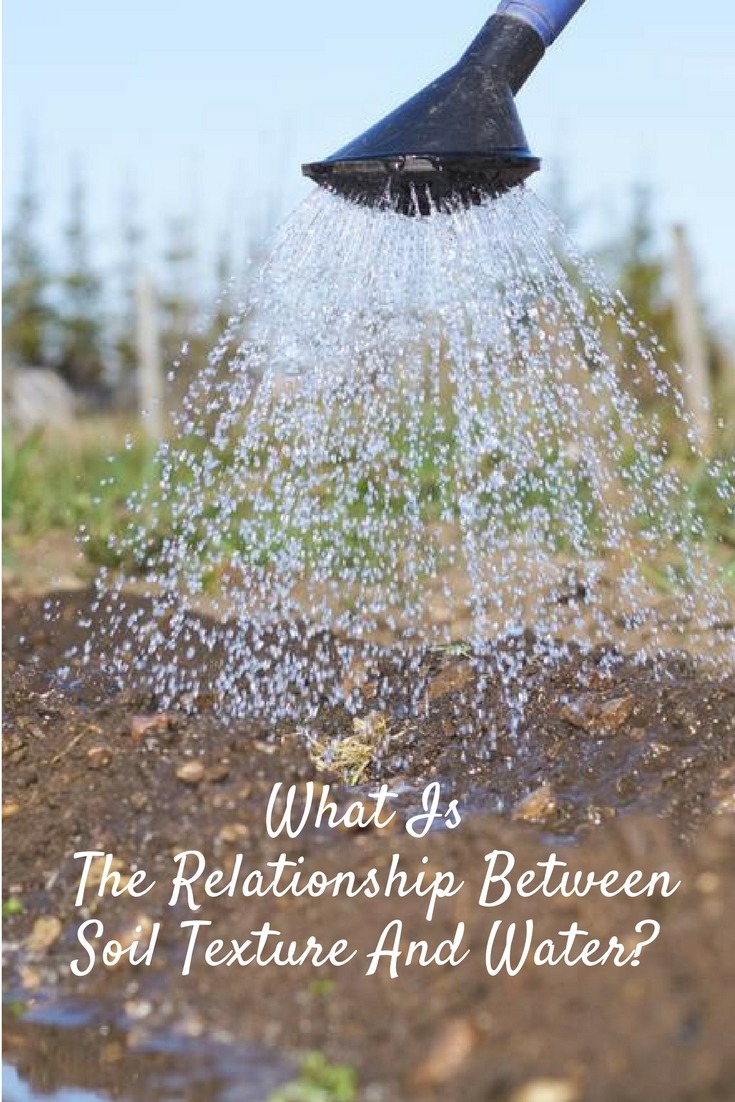Do you want to know how to properly take care of your garden? Because it’s not as simple as providing them any amount of fertilizer and water every day.
The soil you have in your lawn is crucial to effective gardening. What is the relationship between soil texture and water? To determine this, we first have to familiarize ourselves with soil texture.
Soil Particles And Size
By soil texture, we are referring to both the appearance and the texture itself. Soil texture is determined by two things: size and particle type. While the particles that make up the soil contain organic material, the particle types usually indicate inorganic material.

These inorganic materials can be divided into five types: gravel, coarse sand, fine sand, silt, and clay. Likewise, each type is determined by the size of the particle.
Gravel has particles exceeding two millimeters in diameter. These particles are also very easy to identify with the naked eye.
Coarse sand particles do not reach two millimeters in diameter but they are at least more than 0.2 millimeters in size.
Fine sand has particles residing between 0.2 millimeters and 0.02 millimeters in diameter. Both coarse sand and fine sand can still be easily identified with just one look.
On the other hand, silt particles measure between 0.02 millimeters and 0.002 millimeters. They are quite difficult to distinguish using the naked eye.
Lastly, clay particles are the smallest ones as they do not exceed 0.002 millimeters in diameter. Understandably, they are impossible to identify with just your eyes.
Types Of Soil Texture

Instead of being composed of just one type of particle, the soil is usually made up of sand, silt, and clay. Thus, it is classified by the fractions of the dominant soil separate present in a soil.
Sandy or coarse-textured soils have a small surface area because sand particles are relatively large and are only outmatched by gravel particles. Because of this, sandy soil cannot retain moisture.
The second type of soil texture is silt, loamy, or medium-textured soil that has a limited surface area. It also has restricted air circulation and water movement.
Third, clayey or fine-textured soil offers a sizable surface area because of the smallest size of clay particles. Thanks to this, this soil texture is the ideal type. Clay easily absorbs water and has great capacity for holding water and nutrients.
Determining The Soil Texture
Since it is difficult to identify both clay particles and soil surface area with the naked eye, is there an easy way to determine soil texture? Yes. All you need is the soil, a glass jar, and some water.
First, put water in a jar. Then, place the soil you want to know the texture of. Next, shake the jar of water and soil and let them settle. The gravel and sand particles will go down to the bottom of the jar first. This portion has the coarse-textured or sandy soil.
After marking this section, you should wait a couple of hours to let more of the soil settle down. The next layer you will see is the loamy or medium-textured soil. Lastly, wait for a day for everything else to settle down.
By this time, the water should be clear and located at the top. The uppermost layer will contain the clayey or fine-textured soil. By this time, you can simply check the percentage of each layer to determine the soil type.
Soil Texture In Relation To Water

We now know about particle types and soil texture. So, what do these have to do with water? Well, simply put, water absorption and retention are dependent on soil texture. Once the water goes into the soil, it has to rely on what we refer to as micropores to stay there.
If the soil has a coarse soil texture due to the large soil particles, there won’t be enough surface area to hold much of the water. At worst, this kind of soil will only hold two inches of water.
In contrast, the fine-textured soil has better water retention and can readily store eight inches of water. With fine-textured soil, your soil can stay healthy for eight days after giving it four inches of water.
If you have coarse-textured soil, you need to apply the same amount of water overall, but you have to divide four inches of water into just one every other day within eight days.
Conclusion
As we have discussed, there are five types of particle in the soil that are determined by their size: gravel, coarse sand, fine sand, silt, and clay. Each soil is a mixture of sand, silt, and clay. Soil texture is identified by the predominance of whichever of these three particles.
The smaller the surface area of the soil, the harder the ability for soil to absorb water. Thus, it is better for you to use either loamy or fine-textured soil. Both of them retain water longer than coarse soil.
If you have any questions regarding soil texture and water, feel free to drop a comment.
Pin It!


